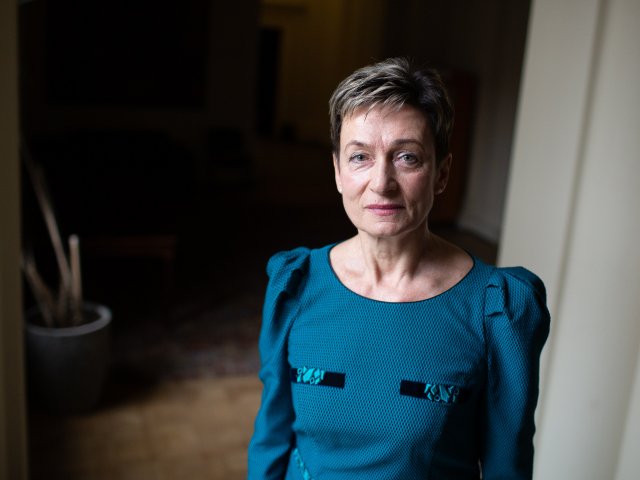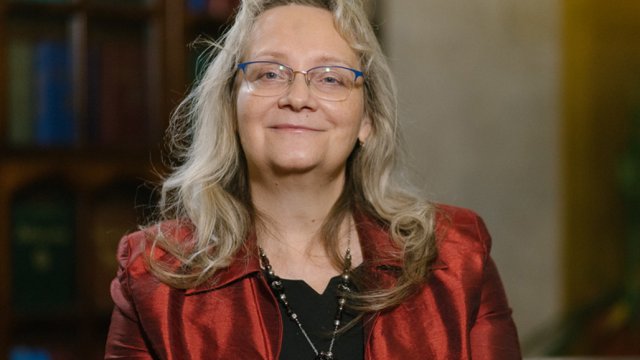Official:
Sigmund Freud. 6 May 1856 – 23 September 1939. Austrian psychoanalyst, psychiatrist and neurologist, the founder of psychoanalysis.
Life and Work:
1. Joker Stanislaw Jerzy Lec once wondered: “I dreamt of Freud. What does that mean?” The joke was appreciated: Freud considered The Interpretation of Dreams to be his most important work.
2. The essence of Freud's discoveries was expressed in two lines by wonderful Joseph Brodsky with the ease of genius: Doctor Freud, I am leaving you, who managed (somewhere outside of us) to build a bridge connecting the groin and the brain by eye over the river of the soul.
3. Here is what great Ivan Pavlov wrote about Freud: “When I think of Freud and of us, psychologists, I have in mind two parties of miners who began to drive a tunnel at the foot of a big mountain in order to bring to light – the understanding of the human mind. But Freud started digging downwards and has dug himself into the labyrinth of the unconscious, whereas we shall some time come into the open, into the air and light, and shall finish the tunnel. He may perhaps become the founder of a new religion.”
4. Freud was praised: for instance, Thomas Mann offered to present him the Nobel Prize in Literature and believed that the creator of psychoanalysis was the pioneer of future humanism, and psychoanalysis was a spiritual natural science. Salvador Dali claimed that Freud's world meant as much to him as the world of the Holy Scripture to a medieval artist or the world of ancient mythology – for the Renaissance.
5. Freud was severely criticized: German philosopher Erich Fromm called Freud “the last representative of the philosophy of the Enlightenment,” and some people claimed that a dream book interprets dreams better than the psychoanalyst.
6. The founder of psychoanalysis was born on May 6, 1856, in Freiberg in Austria-Hungary. Now it is the Pribor town in the Czech Republic. His name was then Sigismund Shlomo.
7. Four years later, the poor family moved to Vienna. Sigismund entered the gymnasium and graduated from it with honors.
8. A Jew could not enter a military or political career, so Freud entered a medical faculty.
9. Freud became engaged in psychoanalysis when he was a mature man: his classic work The Interpretation of Dreams was dated 1900, although it was written a little earlier. There was a reason for this: Freud wanted to declare psychoanalysis the science of the twentieth century.
10. In his own words, Freud disappointed humanity for the third time – the first two were Copernicus and Darwin. Freud proved that a human was not a reasonable being, and mind was often losing to the unconscious. He compared the unconscious to a horse that carried a rider, that is, mind. As long as the horse is calm, it obeys the rider. However, if it bites the bit in its teeth, then the rider will have to move where the horse is carrying him.
11. Until the Anschluss in 1938, Freud lived and worked in Vienna. After the annexation of Austria into Germany, Freud decided to leave the country. Princess George of Greece and Denmark Marie Bonaparte helped him: the scientist was allowed emigrating to London after paying the ransom.
12. Freud's fears were not superfluous: two of his sisters died in a concentration camp. Sigmund Freud himself was already seriously ill and soon died.
13. Freud acquired regalia and titles and became a classic only in his old age. Today his scientific views are questioned again.
14. The terms introduced by Freud into science, for example, “infantile cerebral palsy,” and the influence that he had on the leading figures of science and masters of culture, remain undoubted.
15. Freud's achievements include the development of a three-component structural model of the psyche, identification of specific psychosexual development phases, and creation of the Oedipus complex theory. Freud discovered the defense mechanisms of the psyche, experimentally developed the notion “unconscious,” discovered transference and countertransference, and created the method of free associations as a therapeutic technique.
16. In addition to The Interpretation of Dreams, Freud's most famous works also include Totem and Taboo and The Ego and the Id. His other numerous works are little known to the general public.
17. The monument to Freud in Vienna has an inscription: “The voice of mind is quiet.”
18. A museum in Freud’s native Pribor was opened in addition to Freud museums in Vienna and London. The opening ceremony was timed to coincide with the scientist’s 150th anniversary, and four of his grandchildren were invited to the ceremony.
19. Freud has become a character in movies and TV series many times – the full list consists of 71 items.






















